热血前端勇闯自动化测试 Playwright + TypeScript 如何debug以及如何使用Cookie
文章目录
- 前言
- 一、如何在运行中debug呢?
- 二、如何使用上下文的Cookie
如何下载Playwright以及使用VScode插件运行测试用例
(图片来源网络,侵删)前言
问:前端做好好的为什么要来卷测试呢?
答:因为所有主线流程测试可能不会完全兼顾得到,所以为了能更(yu)好(kuai)的工(mo)作(yu),所以内心就产生了一个邪恶的想法😈假如我提测前把所有的主流程跑一边呢? so 请看下文(默认已经安装和了解Playwright了)
提示:以下是本篇文章正文内容,系好安全带 准备发车!
一、如何在运行中debug呢?
-
找到我们下载的PlayWright插件(如何下载请上滑开始部分)
-
( 1. 点击你想要debug的代码块左侧,会出现小红点

代码运行到你debug的地方就会停止了,左侧你会看到当前测试用例方法的执行上下文的内容
以下图中标注了debug中的操作
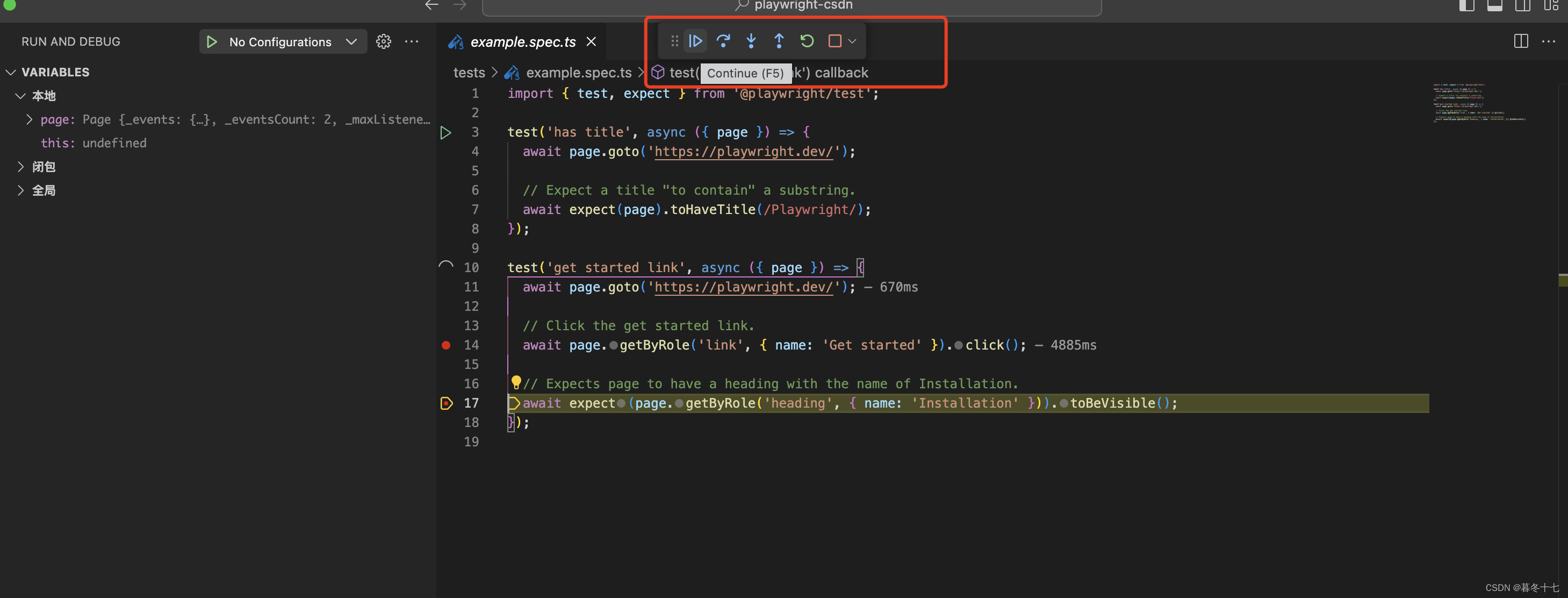
二、如何使用上下文的Cookie
由于系统使用的登录流程为前端输入账号密码登录=>后端验证setCookie,前端每次请求接口会带着具有登录态的Cookie请求来验证是否登录,所以每次自动化操作的时候需要登录
- 创建tests/auth.setup.ts
import { test as setup } from '@playwright/test' const adminFile = 'auth/login.json' setup('authenticate as login', async ({ page }) => { // Perform authentication steps. Replace these actions with your own. await page.goto(`http://xxx.com/login`) // 获取当前页面placeholder为账号的input并输入账号 await page.getByPlaceholder('账号').fill('你的账号') // 获取当前页面placeholder为账号的input并输入密码 await page.getByPlaceholder('密码').fill('密码') // 获取html标签为button并且文本为登录的按钮点击登录 await page.getByRole('button', { name: '登录' }).click() // Wait until the page receives the cookies. // // Sometimes login flow sets cookies in the process of several redirects. // Wait for the final URL to ensure that the cookies are actually set. // 等待登录完成跳转的页面请求完毕 await page.waitForURL('http://xxxx.com/') // Alternatively, you can wait until the page reaches a state where all cookies are set. // await expect(page.getByRole('button', { name: 'View profile and more' })).toBeVisible() // End of authentication steps. await page.context().storageState({ path: adminFile }) })- 此时会生成 auth/login.json文件 里面就是后端set的Cookie
- 在playwright.config.ts中添加配置
use中添加:storageState: ‘auth/login.json’,
projects中添加: { name: ‘setup’, testMatch: /.*.setup.ts/ },
import { defineConfig, devices } from '@playwright/test'; /** * Read environment variables from file. * https://github.com/motdotla/dotenv */ // require('dotenv').config(); /** * See https://playwright.dev/docs/test-configuration. */ export default defineConfig({ testDir: './tests', /* Run tests in files in parallel */ fullyParallel: true, /* Fail the build on CI if you accidentally left test.only in the source code. */ forbidOnly: !!process.env.CI, /* Retry on CI only */ retries: process.env.CI ? 2 : 0, /* Opt out of parallel tests on CI. */ workers: process.env.CI ? 1 : undefined, /* Reporter to use. See https://playwright.dev/docs/test-reporters */ reporter: 'html', /* Shared settings for all the projects below. See https://playwright.dev/docs/api/class-testoptions. */ use: { /* Base URL to use in actions like `await page.goto('/')`. */ baseURL: '', storageState: 'auth/login.json', /* Collect trace when retrying the failed test. See https://playwright.dev/docs/trace-viewer */ trace: 'on-first-retry', }, /* Configure projects for major browsers */ projects: [ { name: 'setup', testMatch: /.*\.setup\.ts/ }, { name: 'chromium', use: { ...devices['Desktop Chrome'], // storageState: 'auth/login.json', }, // dependencies: ['setup'], }, { name: 'firefox', use: { ...devices['Desktop Firefox'] }, }, { name: 'webkit', use: { ...devices['Desktop Safari'] }, }, /* Test against mobile viewports. */ // { // name: 'Mobile Chrome', // use: { ...devices['Pixel 5'] }, // }, // { // name: 'Mobile Safari', // use: { ...devices['iPhone 12'] }, // }, /* Test against branded browsers. */ // { // name: 'Microsoft Edge', // use: { ...devices['Desktop Edge'], channel: 'msedge' }, // }, // { // name: 'Google Chrome', // use: { ...devices['Desktop Chrome'], channel: 'chrome' }, // }, ], /* Run your local dev server before starting the tests */ // webServer: { // command: 'npm run start', // url: 'http://127.0.0.1:3000', // reuseExistingServer: !process.env.CI, // }, });- 在测试用例中使用
demo.spec.ts
test('demo', async ({ browser }) => { // 使用上下文的cookie const context = await browser.newContext({ storageState: 'auth/login.json' }) // 使用上下文创建page const page = await context.newPage() // 此时cookie就已经挂载上了 await page.goto('http://xxxx.com'); await page.getByRole('button', { name: '创建' }).click(); })文章版权声明:除非注明,否则均为主机测评原创文章,转载或复制请以超链接形式并注明出处。
-



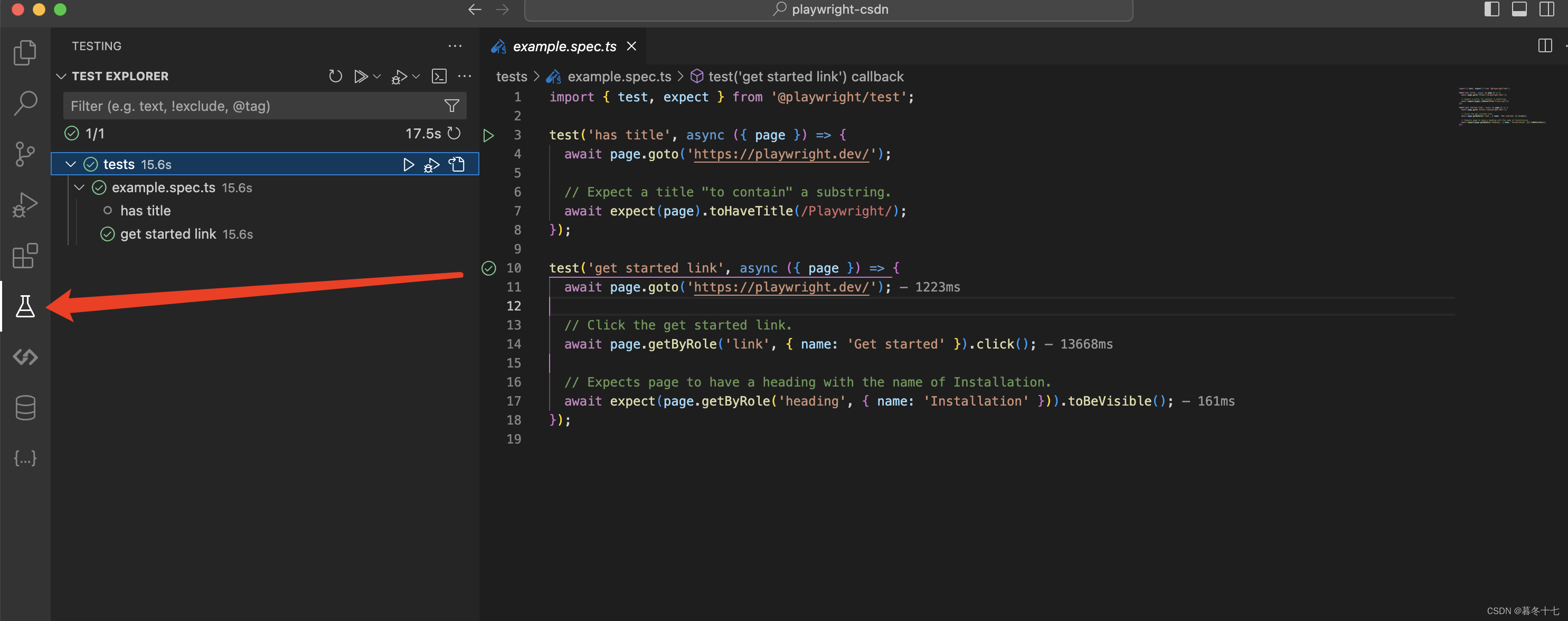
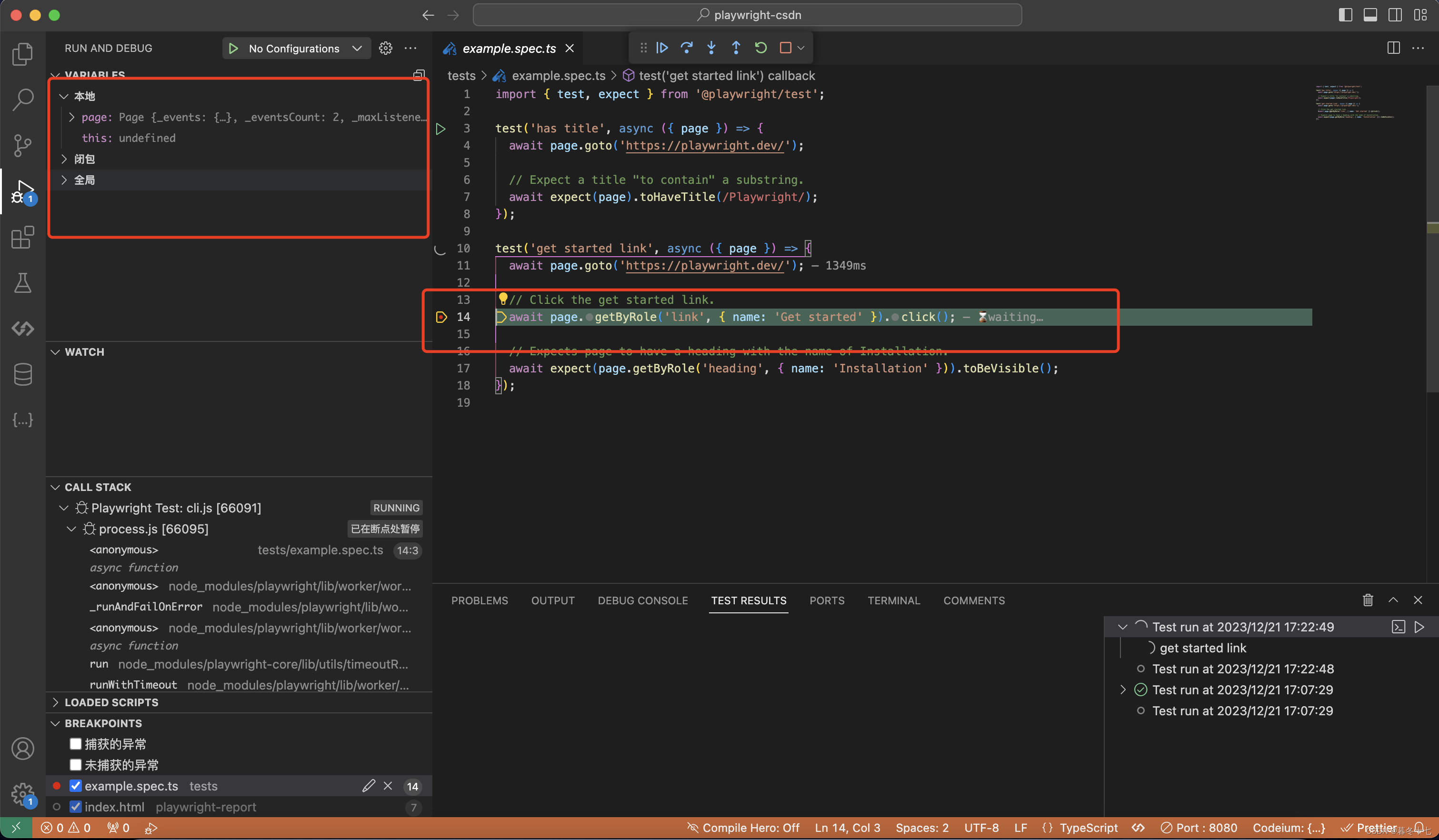

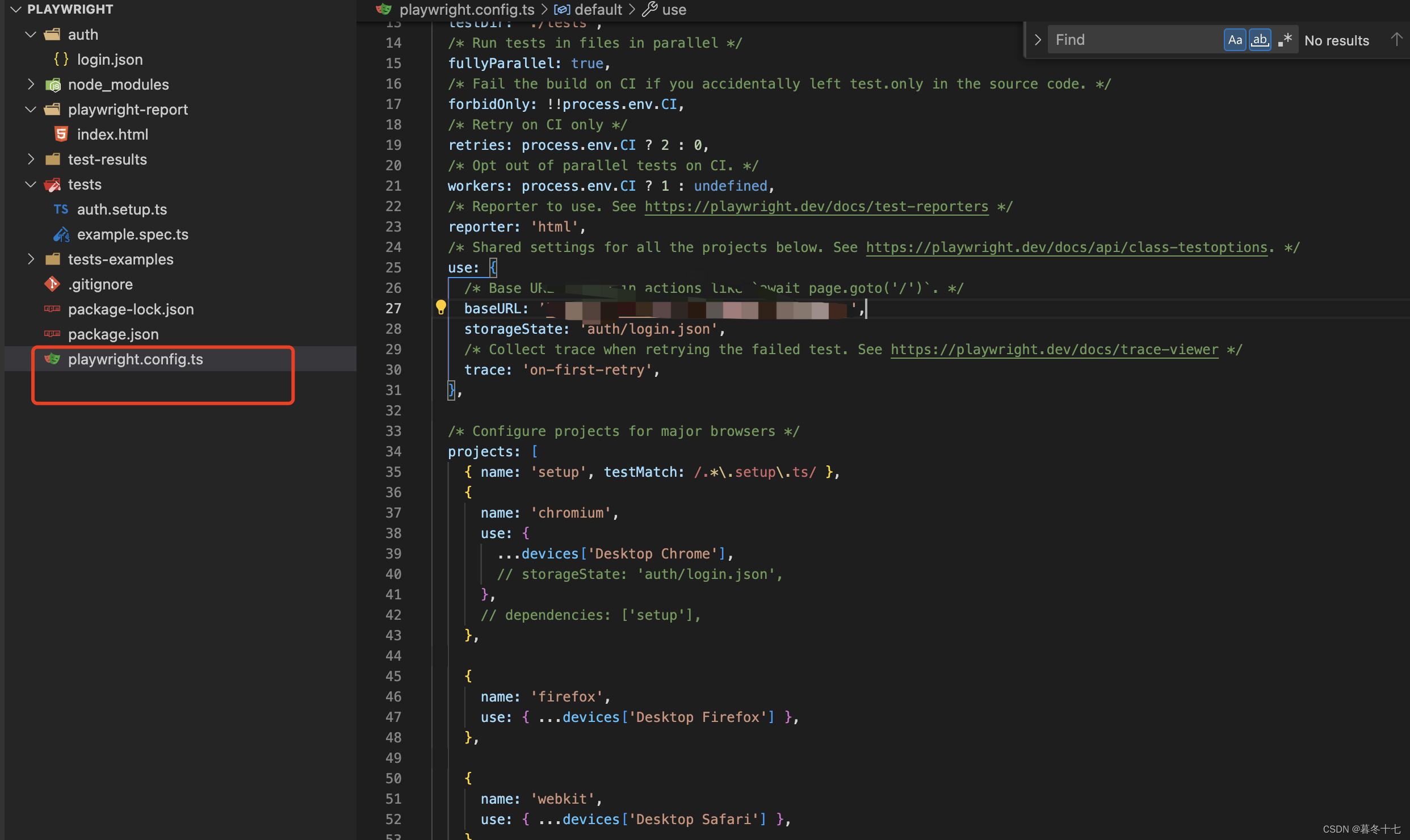



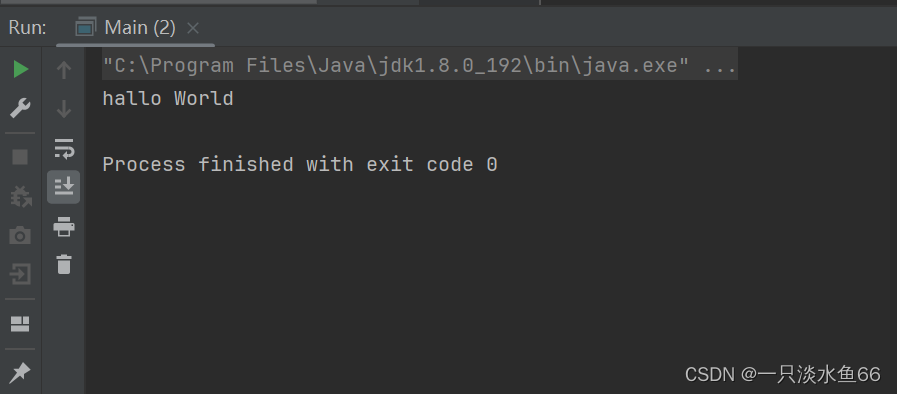
还没有评论,来说两句吧...